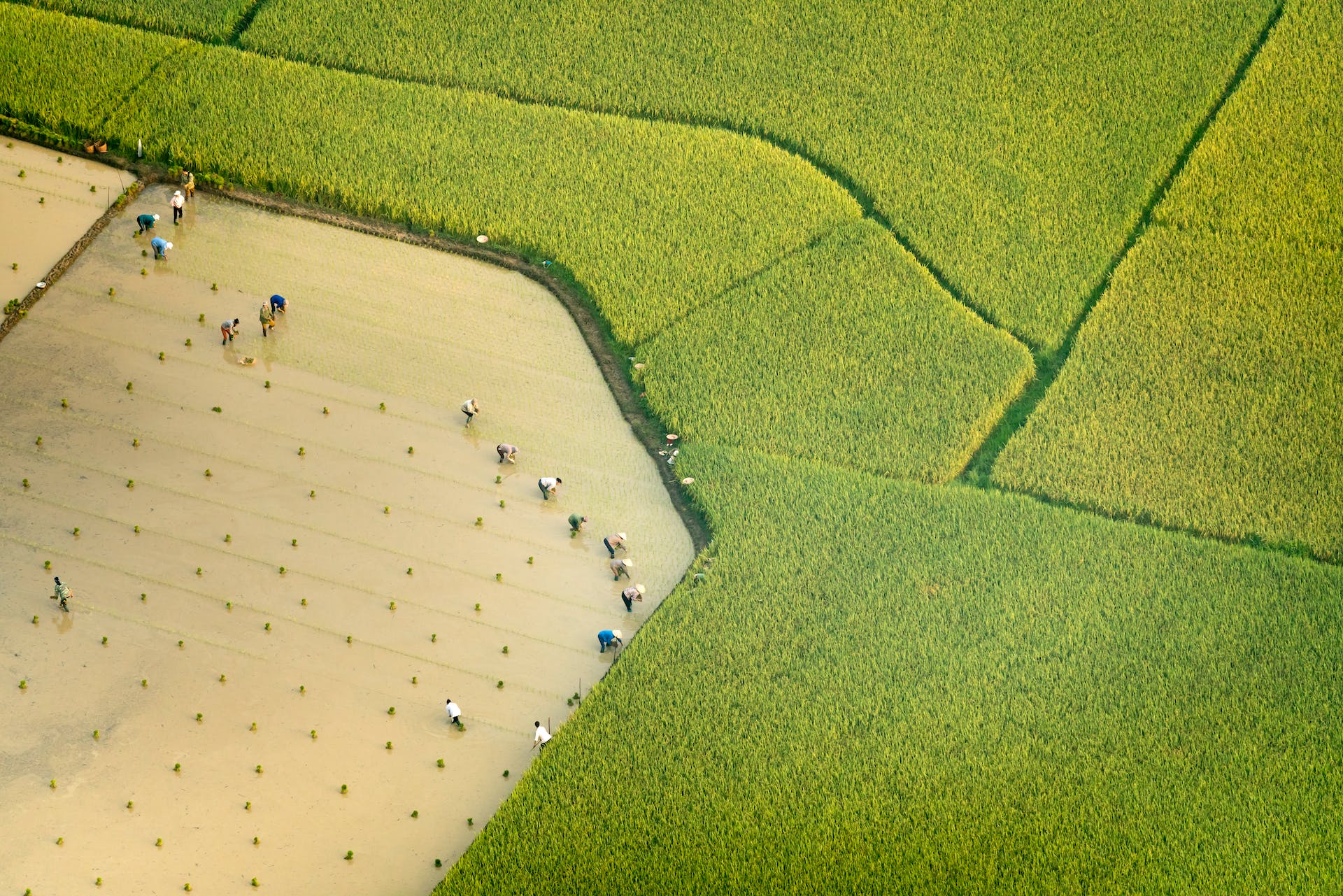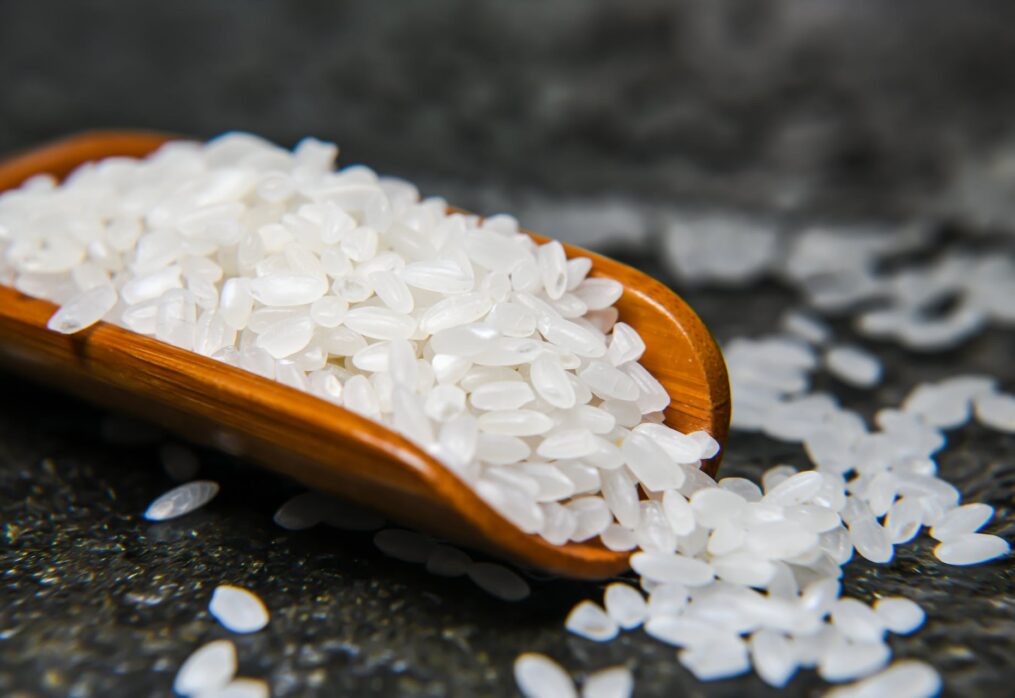Funding for rice development in Africa
Rice development in Africa as a tool to fight hunger
African countries have long remained undervalued in the global agricultural market. But in recent years, their leaders have been working to demonstrate the region’s attractiveness. The development of rice farming deserves particular attention. A number of countries on the continent have all the conditions for growing this crop. Aware of the sector’s prospects, West African countries have adopted a new strategy to see raw rice production reach 53 million tonnes by 2028.
Prospects for Africa as an agricultural region
It is worth noting that some African countries have already achieved a high position in the agricultural market. A prime example is Ethiopia, which will become a net exporter by 2023, supplying more heat-tolerant wheat varieties than it imports. The country has over 2 million hectares of land allocated to the crop. In 2018, this figure was 5,000 hectares. Ethiopia is in the eastern part of the continent. Rice growing conditions there are less favourable than in West Africa. In the latter, the climate is such that the crop has two harvests a year.
Ethiopia is an example for other countries to pay attention to the agricultural sector. According to Yunus Kemp, Ethiopia’s success has shown what is possible by combining investment and technological change in agriculture. Innovation is a vital part of sector development for African countries. It will increase productivity and optimise the cost of maintaining processes.
Efforts to develop wheat and rice production in Africa
The country has attracted investors, including the African Development Bank (AfDB), to help transform the agricultural sector. The financial institution has developed an industry development plan that includes technological upgrading. Within the program local farmers funding for maise, rice and wheat varieties that offer high yields in the African climate. In addition, farmers have accessed technologies that can double crop production.
The main purpose of increasing rice and wheat production on the continent is to fight hunger. 283 million Africans are food insecure. Korea is also helping to solve the problem. The country has launched the K-Rice Belt programme, under which:
— eight African countries will receive support to increase cereal production;
— plans to increase the rice harvest to 30 million tonnes;
— helping Africa achieve self-sufficiency in key agricultural commodities within five years;
— a joint rice value chain development programme with the AfDB for West African countries.
Rice development in the region will benefit 1 million farmers, 30% of whom are women.
